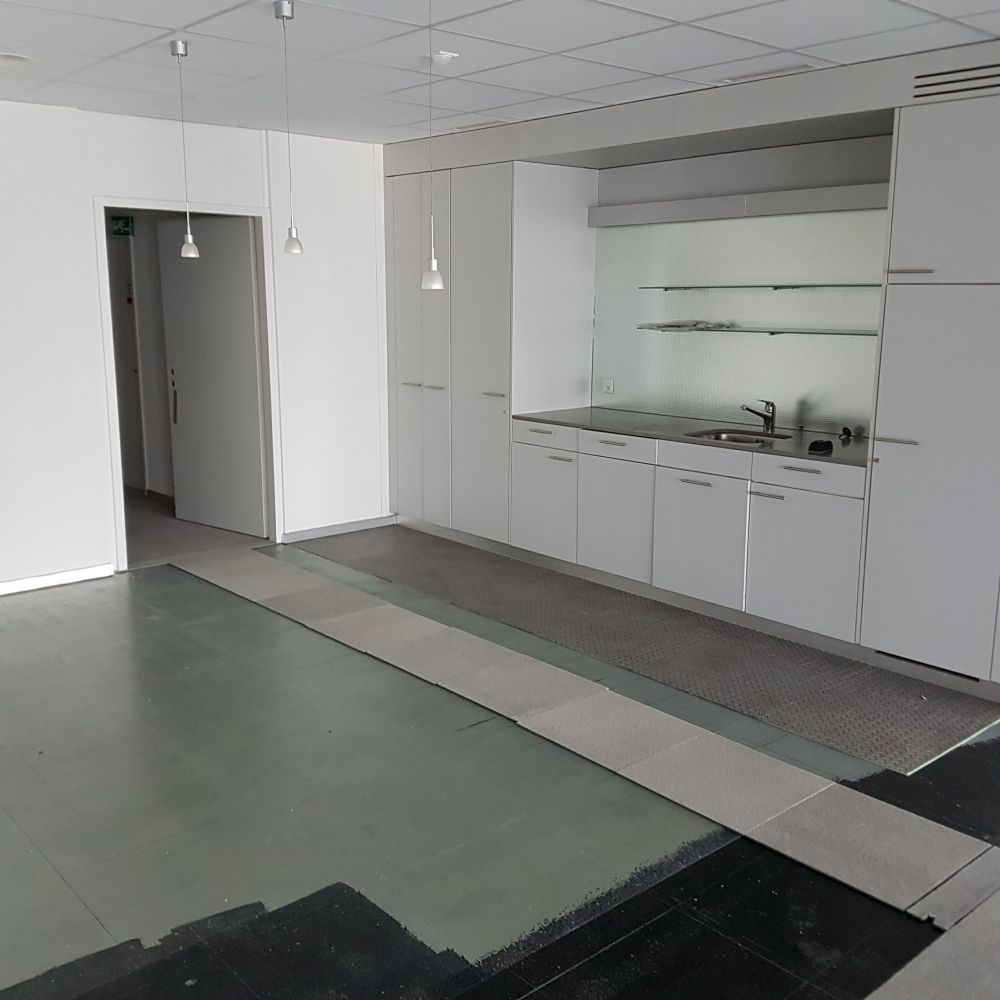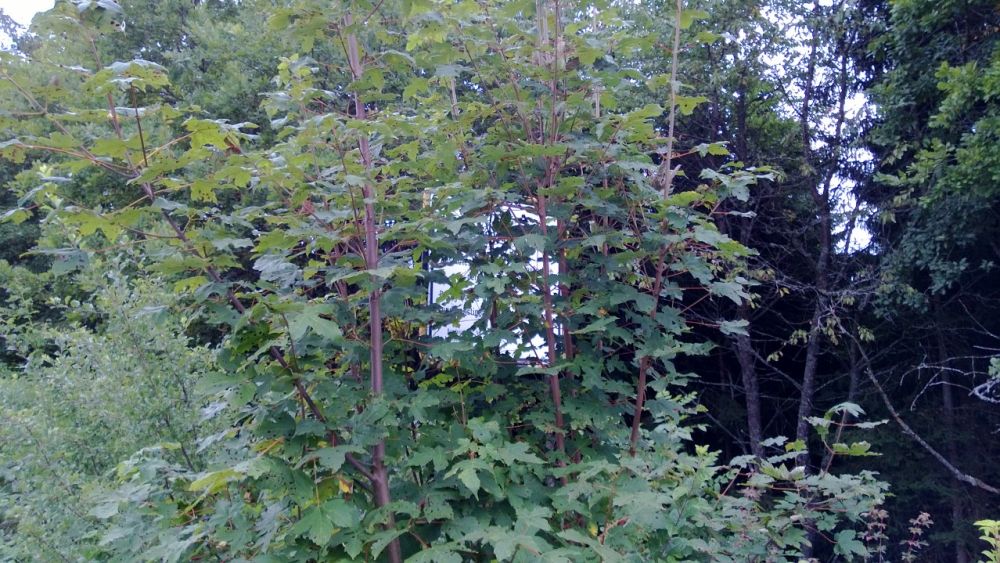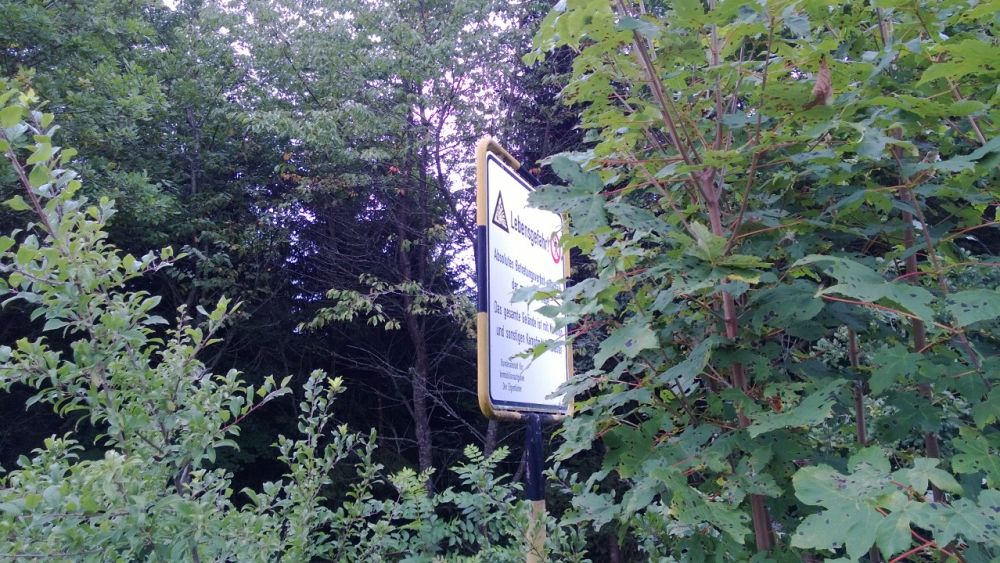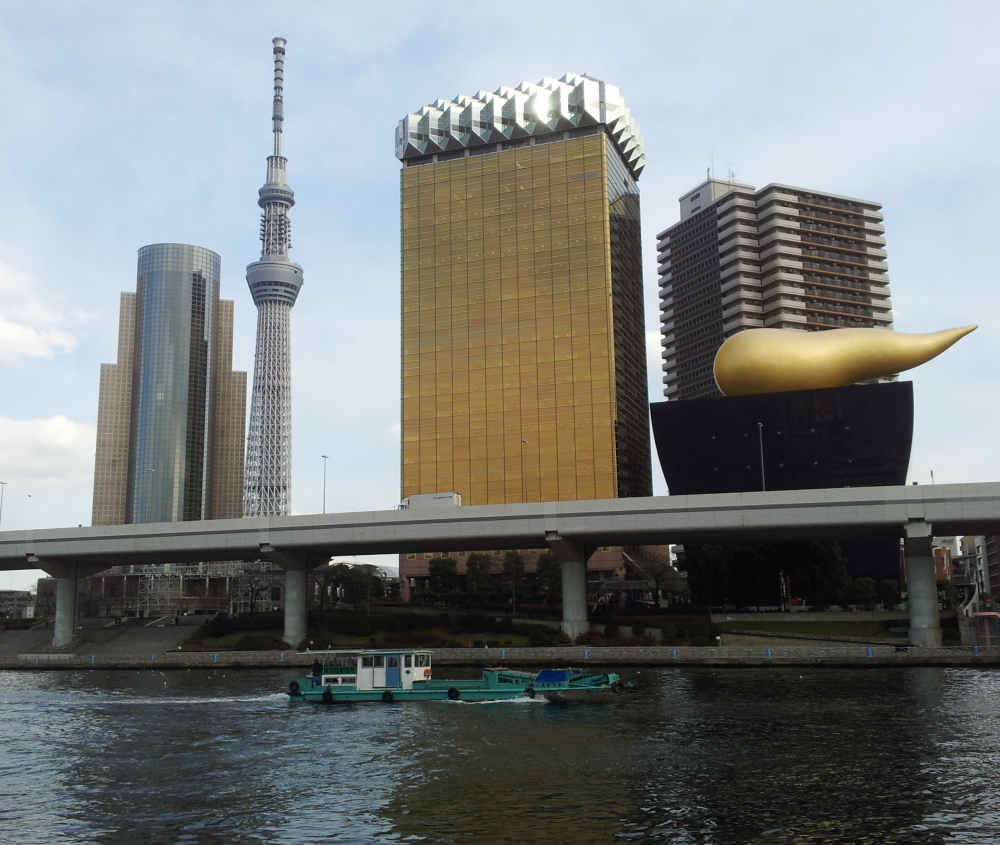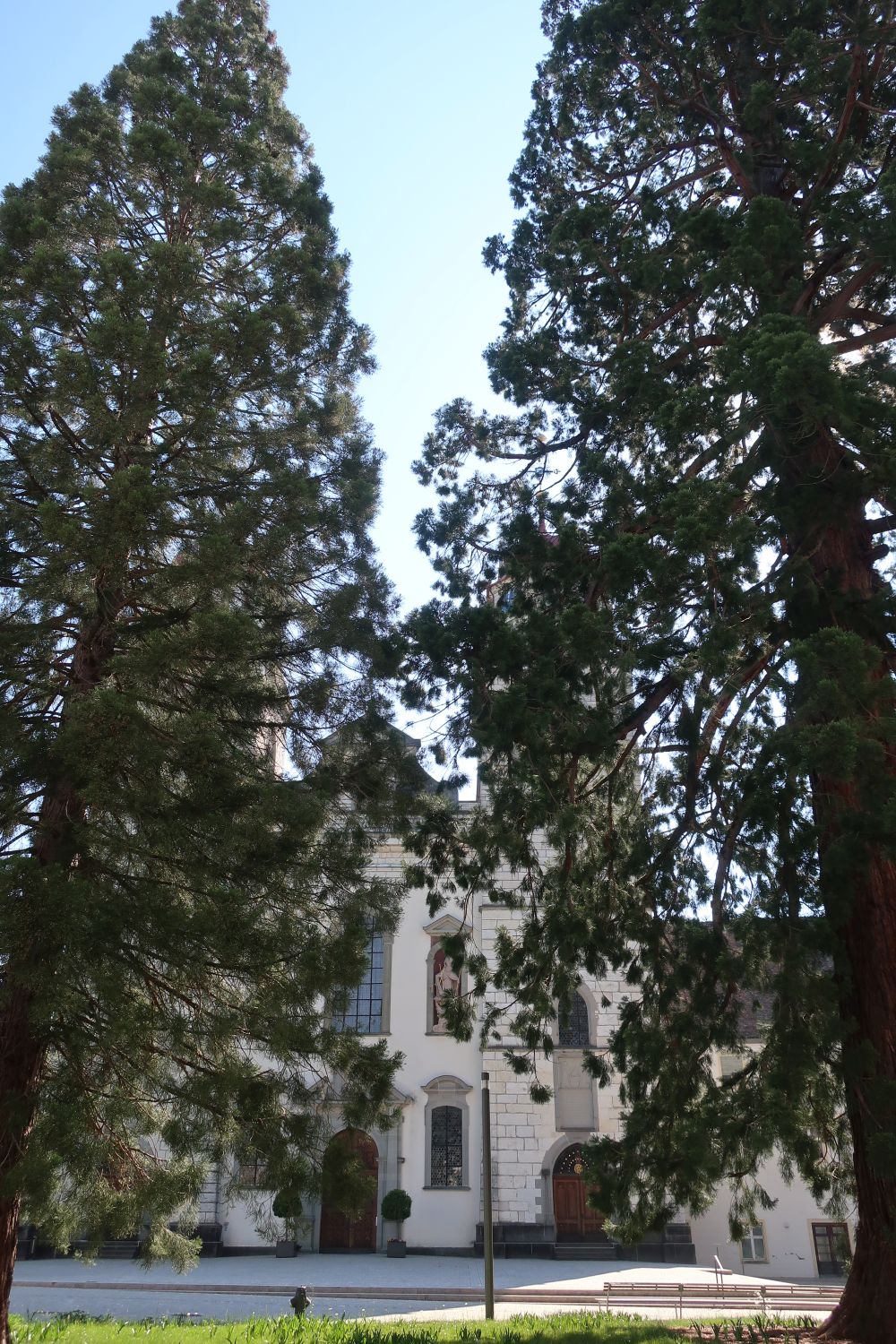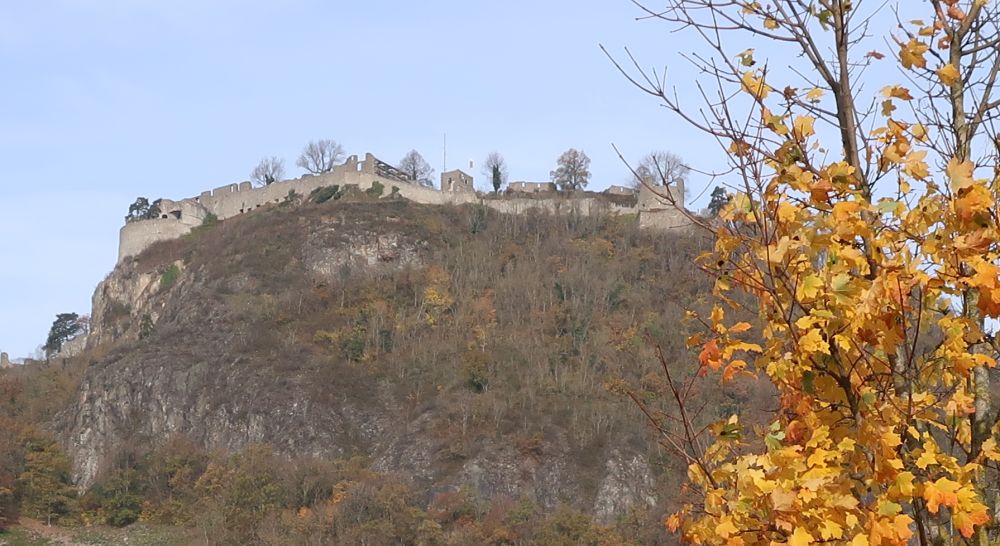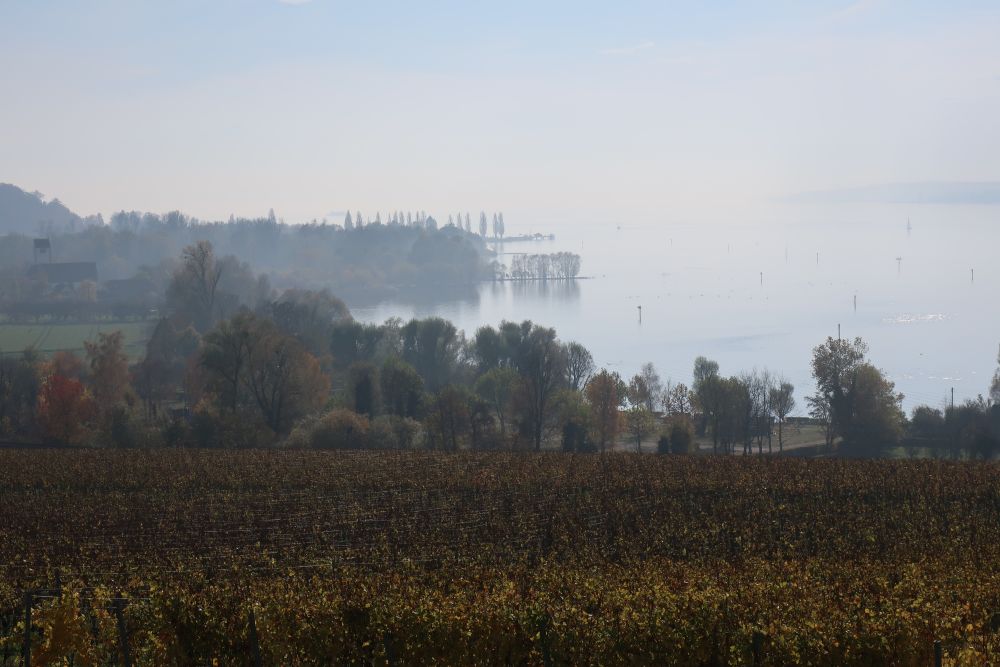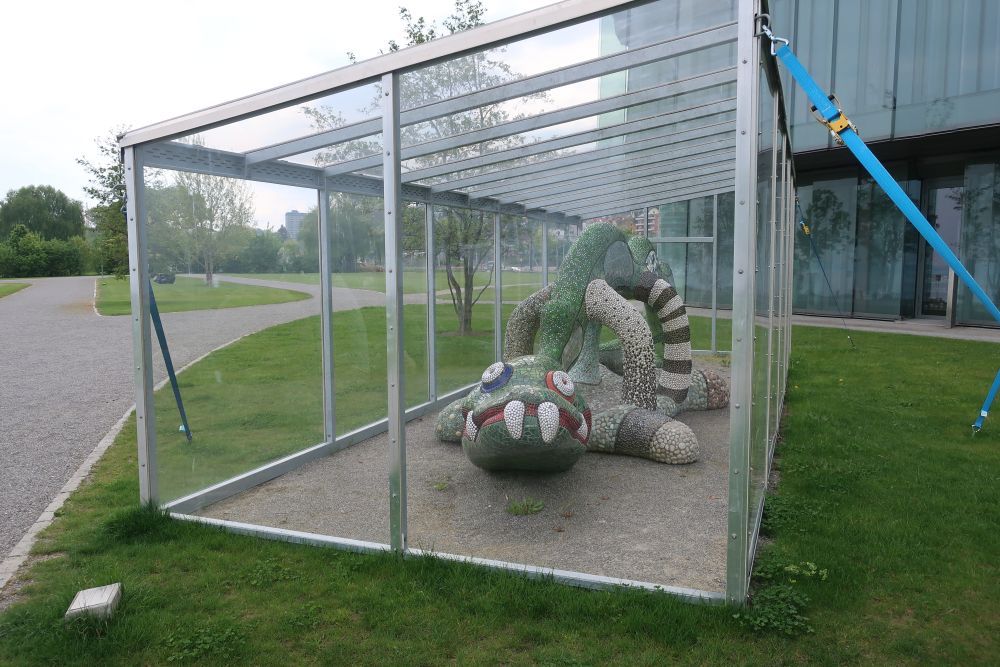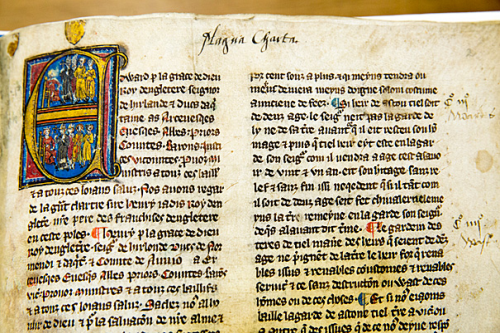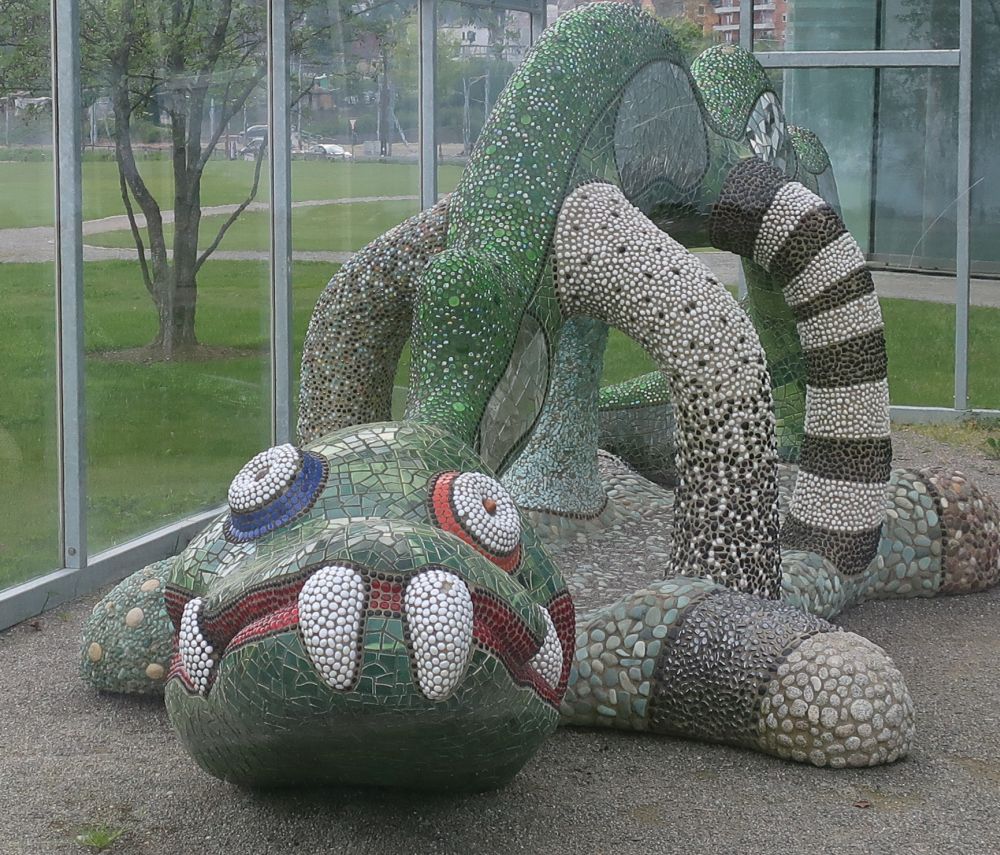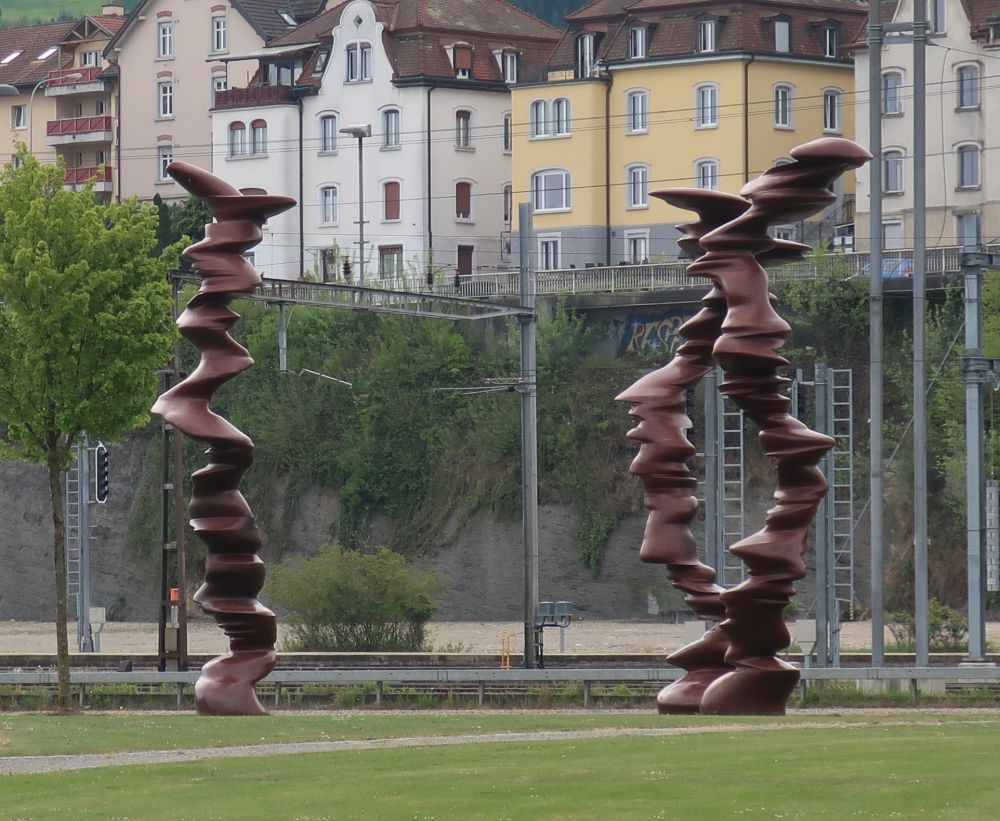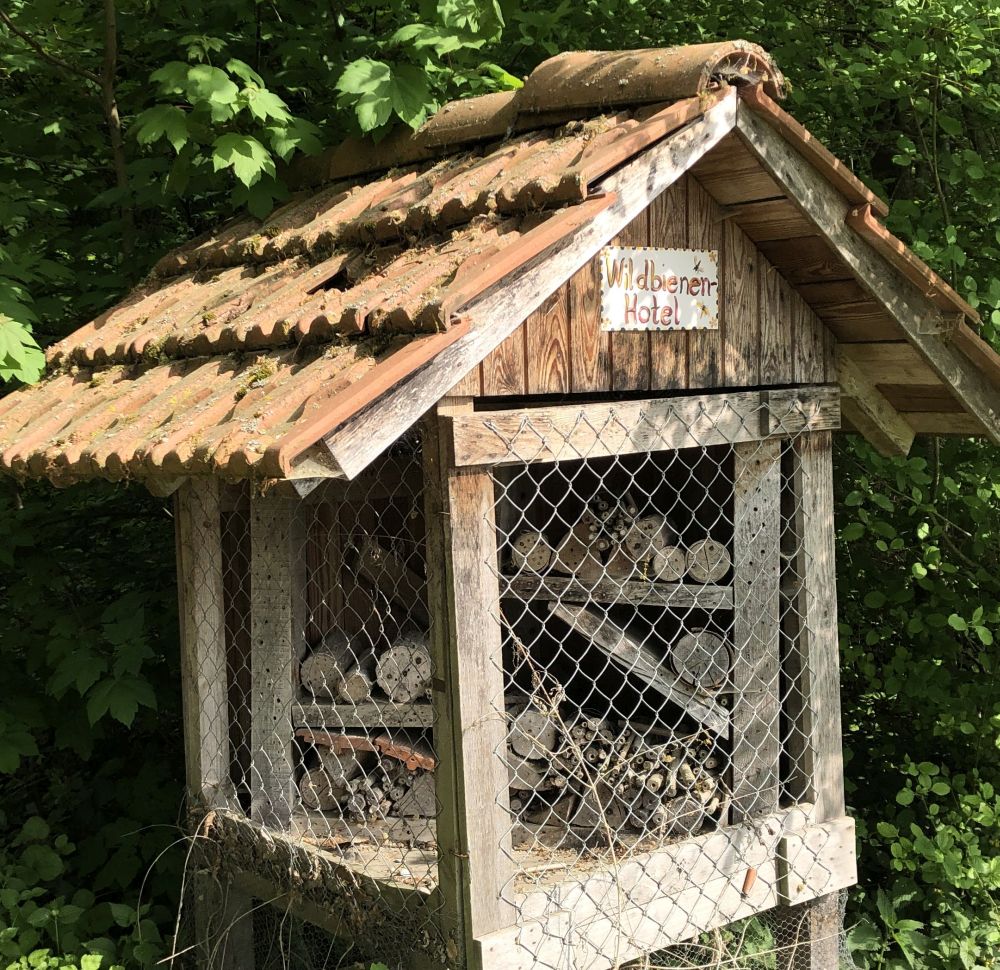Switzerland is a land of many secrets. Everyone knows about the banking secrets, where anyone around the world can hide their money in a famous numbered bank account. Everyone knows about the secrets of lost paintings from WWII, hidden deep in bunkers underneath the Swiss Alps. Everyone knows about the secret Freeport in Geneva, which provides storage lockers at an airport that bypasses customs control, no-questions-asked, and where, according to experts, the overwhelming majority of the world’s art and archaeological treasures have been squirreled away by poachers and collectors alike.
But if you have lived here as long as I have, you know there are other secrets – real secrets – secrets so terrifying that even the Swiss themselves never speak of them, even in the privacy of their own homes. Secrets which, if you were even to whisper them to a close friend at a bar, mean you would be likely to simply disappear.
The Eschenberg Tower (in German, the Eschenbergturm) is one of these mysteries. It has been rumored to be a huge steel tower, many hundreds of feet tall, hidden deep within the thick forests of north-central Switzerland.
Who built it? Nobody knows.
Why was it built? Nobody knows.
Does it really exist? A secret that no Swiss will ever reveal to you.
Well, for several years now I hike through the forests – not knowing exactly if this rumor is true – so you can imagine my surprise when I found myself on a lonely hiking trail and I saw this sight:

Could this be that mystery tower?
My heart began to heartbeat. My pulse began to pulsate. My sweat began to sweatswate.
I approached slowly – and cautiously – in a state of near disbelief – until my eyes gazed upon this incredible sight!
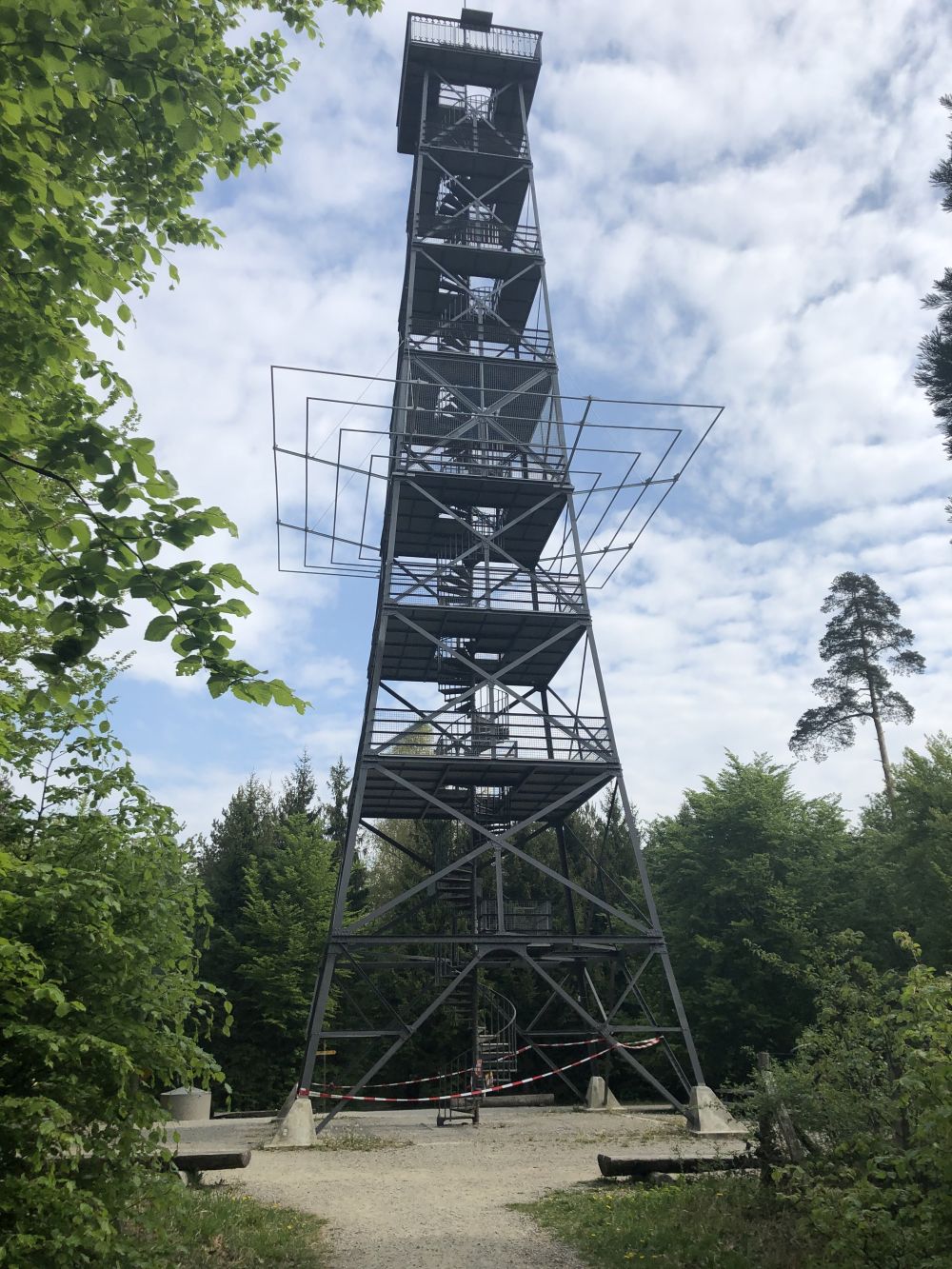
It is indeed a tall tower, many hundreds of feet tall. Here is as artistic a snap as I thought I could get:

So, yes, I can confirm that this tower really does exist. But I cannot even dream of letting you know where. And in fact, after leaving he tower, I totally wiped my mobile phone to ensure there was no electronic trace whatsoever of where I have been.



